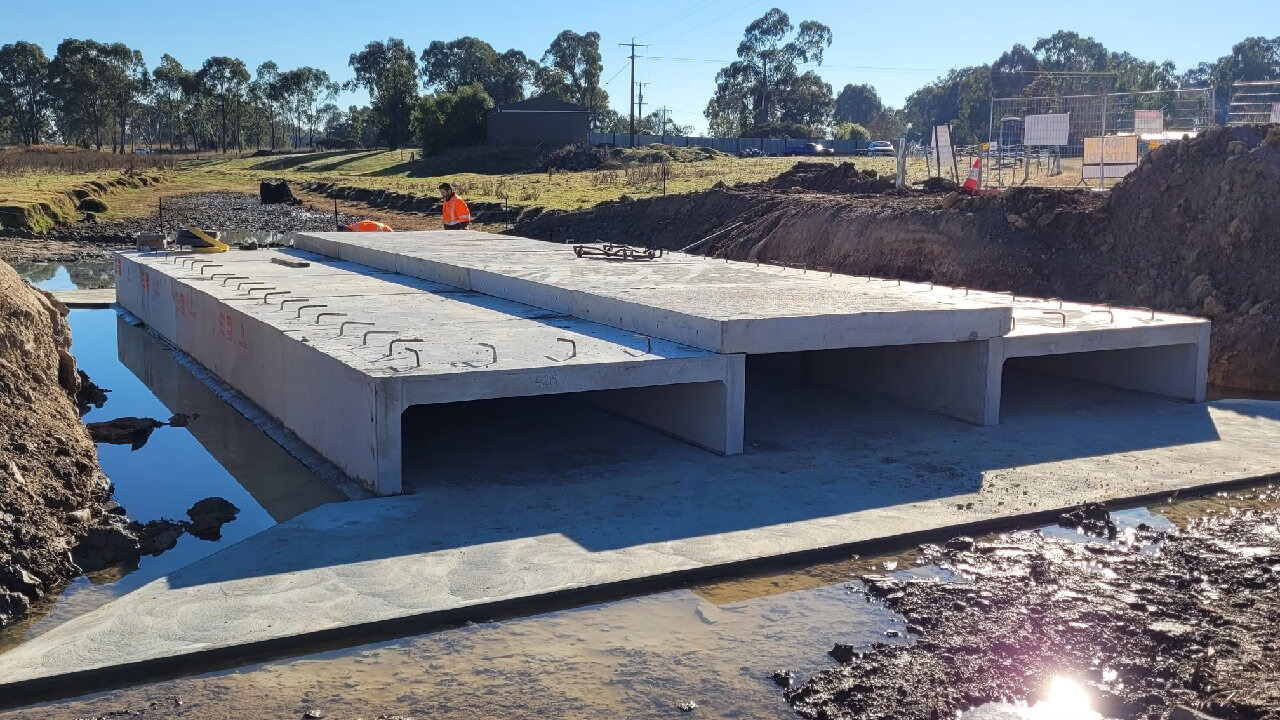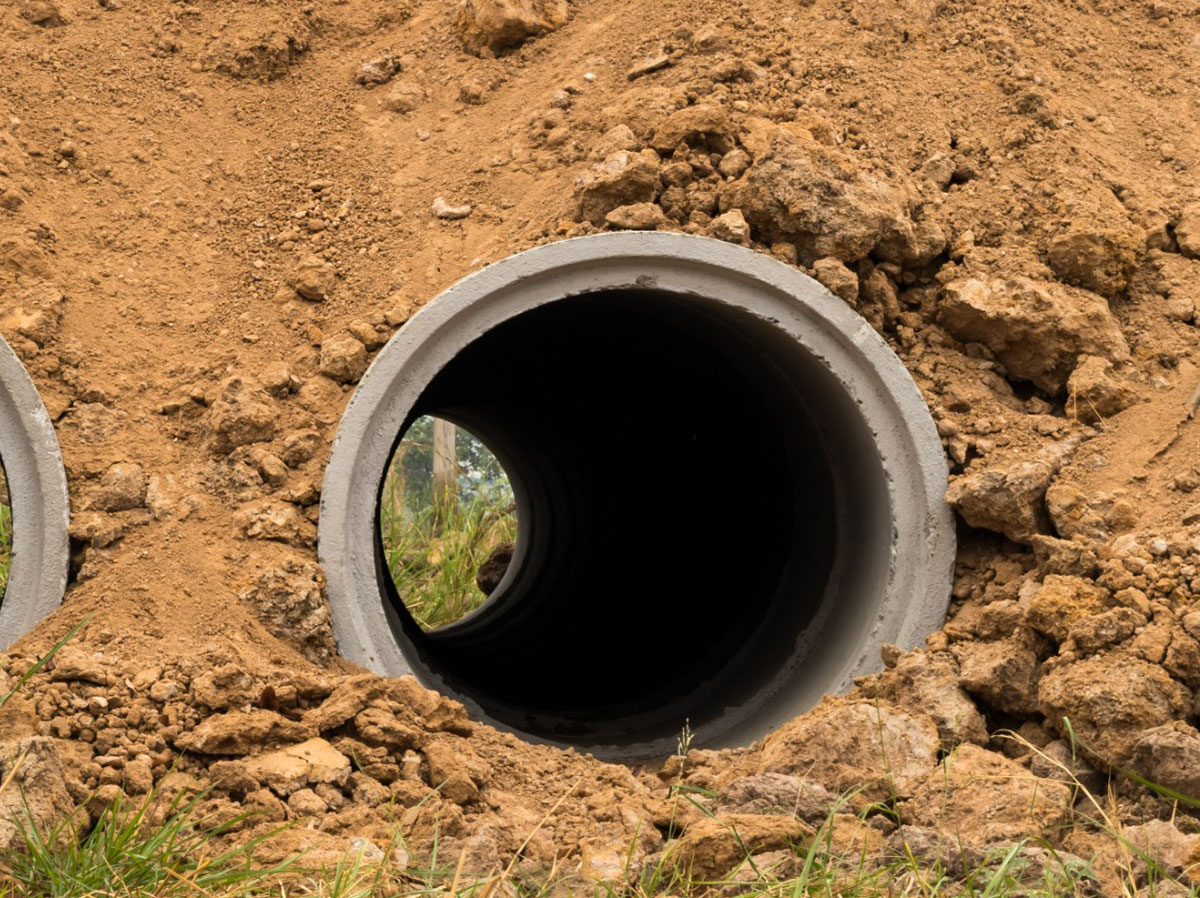Comprehensive Culvert Installation for Reliable Drainage
Comprehensive Culvert Installation for Reliable Drainage
Blog Article
Mastering Culvert Installment: Boost Your Land Water Drainage Initiatives
Effective land drainage is a vital element of successful farming and framework jobs. Culverts play a substantial duty in managing water flow and protecting against disintegration, making their correct setup crucial. From choosing the right materials to executing best methods, mastering culvert installation can considerably boost the performance and long life of your land water drainage system. By comprehending the ins and outs of culvert installation, you can optimize your drain initiatives and guarantee lasting land usage techniques.
Relevance of Culvert Installation
Making sure proper culvert installation is paramount for preserving reliable land water drainage systems. Culverts play a critical duty in taking care of water flow, avoiding erosion, and maintaining the architectural integrity of roads, bridges, and various other framework. Correct installment of culverts helps to channel water away from roads and buildings, minimizing the danger of flooding and water damage. In addition, well-installed culverts aid in avoiding sediment buildup, which can bring about clogs and lowered water circulation.
Correct Sizing and Placement

Proper placement of culverts is equally vital. Culverts must be placed at the least expensive factor of the location needing drain to make certain reliable water circulation.
Material Selection Tips
Choosing the appropriate products is extremely important in ensuring the toughness and functionality of culverts for effective land water drainage systems. When selecting materials for culvert installment, it is crucial to consider variables such as the water flow price, dirt make-up, and environmental conditions of the website.
One of the most typical materials made use of for culverts is corrugated steel. Concrete culverts are perfect for areas prone to corrosion or when a longer service life is wanted.
For ecologically sensitive locations, plastic culverts may be liked. Furthermore, in locations where all-natural aesthetics are crucial, materials like stone or wood can be used to create culverts that mix perfectly into the surroundings.
Installment Techniques and Finest Practices
Offered the important significance of material choice in ensuring the capability and longevity of culverts, the setup methods and best techniques play a crucial duty in the general success of land water drainage systems. Correct installment is essential to preventing problems such as leaks, breaks down, or obstructions that can compromise the effectiveness of the culvert.

Throughout setup, care needs to be taken to line up the culvert properly and supply proper assistance to stop deformation. Backfilling needs to be done progressively and compacted in layers to stay clear of gaps and settlement. Correct compaction is vital to stop moving or sinking of the culvert with time.

Upkeep and Long-Term Care
Carrying out a comprehensive maintenance plan is crucial for ensuring the durability and reliable performance of culverts in land drainage systems. Routine inspections ought to be conducted to look for any type of indicators of damage, blockages, or erosion that might jeopardize the capability of the culvert. Clearing up particles such as fallen leaves, branches, and sediment is important to stop obstructing and maintain the circulation capacity of the culvert. Plant life control around the culvert area is also essential to stop roots from causing architectural damages.
In addition, attending to any problems promptly and making required repair work or substitutes can help prevent costly problems in the lengthy run. Regular upkeep jobs may consist of cleaning, repairing joints, enhancing inlet and electrical outlet structures, and making sure appropriate incline and placement of the culvert. Keeping comprehensive documents of upkeep tasks, evaluations, and repairs is important for tracking the problem of the culvert with time and preparing future maintenance needs. By staying aggressive and carrying out a complete upkeep strategy, Road construction land drain systems can run efficiently and effectively for many years to find.
Final Thought
In verdict, understanding culvert installation is critical for efficient land drain. By following finest practices and executing long-lasting treatment approaches, landowners can enhance their drain initiatives and make sure the long life and functionality of their culverts (Tree removal).
Report this page